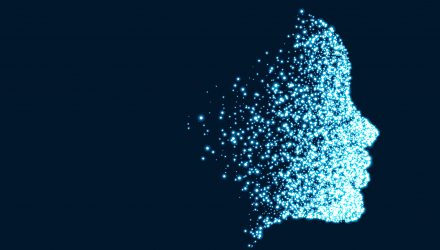The Internet of Things(IoT) has played a huge role in accelerating the evolution of Artificial Intelligence (AI). Here’s how IoT and AI are forming the future.
Each of us is defined and shaped by a combination of our experience and our genetic makeup. The precise balance of nature and nurture is not clear, but it is probably fair to say that as we get older, experience may become more important. This is crucial to being able to adjust and innovate, because it affects our ability to adapt to circumstances.
We can obtain information to inform our decisions from a wide range of sources: direct experience, trial and error, study, training, and reading or reviewing material. Few of us would argue, however, that the best decisions are made when we have a wide range of sources of information, and can compare and contrast, drawing knowledge from all of them to inform the decision.
As universities are constantly reminding their students, it is important to consider information that does NOT support your views, as well as any that does. You have to understand both sides of the argument, and not just one, to make an informed decision.
Related: Is Finance Ready for Machine Learning
Therefore, it should come as no surprise that analytical software also needs a wide range of good quality, reliable data. It should be as detailed, wide and diverse as possible. This is probably even truer when we consider artificial intelligence (AI) systems because these are modelled on humans.
A question of time
All data are not, however, created equal. Or rather, they may be created equal, but their value changes over time, and crucially, it decays. This means, roughly speaking, that in this new industrial revolution, data are best used when fresh. This has become increasingly important over the last few years, as the volume of data has increased, and the ability to analyse it earlier has become ubiquitous.
Companies used to run analytics processes every few weeks or months, as new data became available. Now, with data from digital sources and IoT-connected devices, new data are arriving continuously, in an endless stream. There is still a place for time-series data – particularly, for example, in looking at customer behaviour – but the world of analytics is changing.
New developments in infrastructure, technology and connected devices mean we are able to start to analyse data at a much earlier point, giving us valuable insights sooner. You could almost argue that the sheer volume and velocity of the information, and proliferation of data sources, means that we have no choice but to do so, or we will be overwhelmed by data. This, in essence, is the reason we created edge analytics.
Applying analytics
This is hugely exciting. For perhaps the first time, analytics is cool . Every day, there are news stories about exciting applications for analytics in robotics or on the edge of IoT. In fact, whenever you hear the term “ artificial intelligence ” or AI, it really means advanced analytics.
